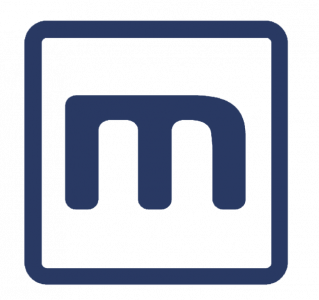Mimecast: The Rise of Ransomware During the COVID-19 Pandemic
NEW YORK, December 23, 2021 (Newswire.com) - It's no secret ransomware attacks are on the rise. In the last decade, cybercrime has grown as a sizable threat to corporate and national security. Ransomware attacks, especially, skyrocketed in the last two years alone. This increase is due in no small part to the changes in economy and technology caused by COVID-19.
Ransomware is more common than ever
Who's at risk?
- Businesses: Ransomware attackers increasingly target larger businesses for bigger payouts, making them vulnerable to a ransomware attack.
- Public services: Hospitals and public institutions are particularly vulnerable to cyberattacks for a variety of reasons. These include the necessity of easy and functional interfaces for the general public as well as, in the case of the public sector, neglect due to tight budgets.
- Employees: When a company gets breached, any and all employee information is put at risk. Getting back this data can come at a great cost to any individuals who have had their information leaked.
- The public: Disruptions in the work of city halls and other institutions that serve vital public functions can have enormous trickle-down effects on the general public of their community, ranging from the exposure of protected information to breaks in access to government services.
How do ransomware attacks happen?
- Phishing: Scammers lie and manipulate to get personal information or "credentials." The cyberattackers can then use these credentials to infiltrate an employee's computer and spread within the organization.
- Malware: Any software used to gain access to encrypted data can become a weapon in the hands of an experienced cybercriminal. Unfortunately, this kind of software is becoming more accessible and easier to use.
- RDP (Remote-desk protocol): Microsoft first designed remote-desk protocol to help computer users connect to office networks. But RDP is now a common loophole for cybercriminals to gain control of an IT network.
How likely is a ransomware attack?
- Ransomware accounted for 30% of all US-based cyberattacks in 2021.
- Malicious emails increased 600% since the start of the pandemic.
- More than 6 out of 10 companies suffered a ransomware attack last year.
Pandemic Challenges
Increased access to cryptocurrency
The pandemic saw a rise in the use of cryptocurrency for both legal and illegal purposes. Attackers often ask victims to pay the ransom in a cryptocurrency. The criminals then exchange this money for a second form of cryptocurrency. Since cryptocurrency is encrypted, these exchanges are near-impossible to track.
Hybrid business models
COVID-19 forced companies to adopt unusual work practices. This shift can lead to vulnerabilities in their cybersecurity. More employees working from home means a company's IT network sees a higher amount of traffic. Unfortunately, this leads to more blind spots in a security ecosystem.
COVID misinformation
Attackers can use the pandemic as a lure to bait potential victims for personal information (e.g., posing as the World Health Organization or non-profits). This sort of fraud is especially dangerous when combined with malware and ransomware attacks.
***
Contact: cdarbellesv@iquanti.com
Source: Mimecast
